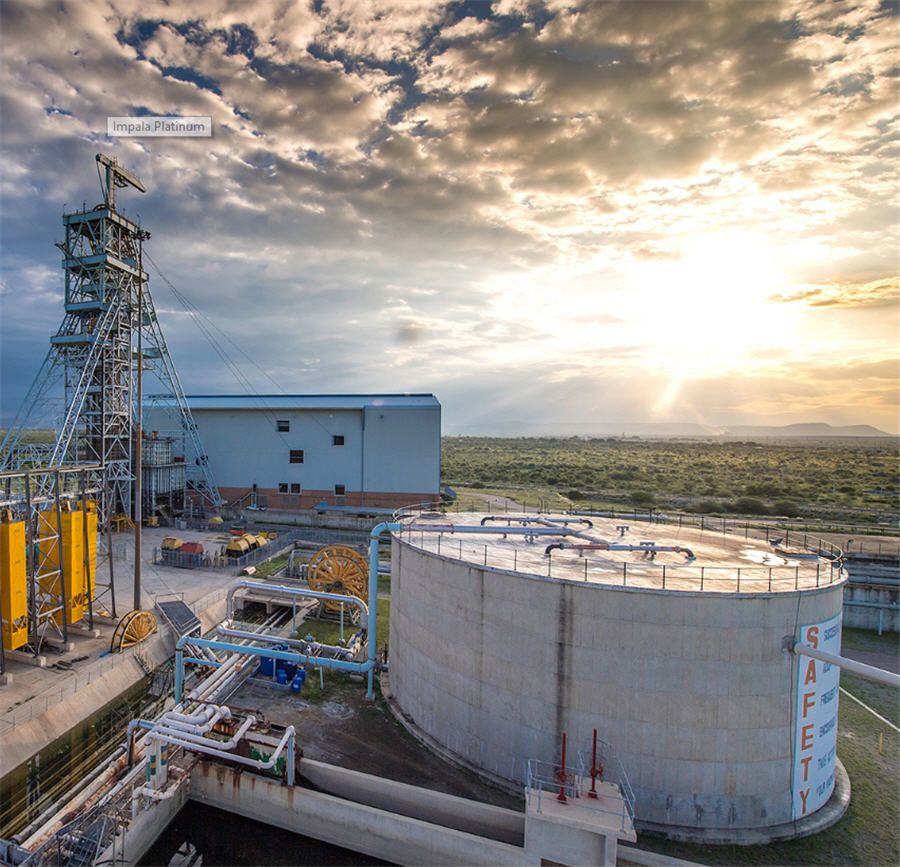What the ascent of hydrogen as a renewable resource means for platinum demand

Image courtesy of Impala Platinum Holdings Ltd.
The emerging global hydrogen supply chain is essentially “made of platinum,” declares Bank of America Global Research commodities strategist Michael Widmer, coauthor of the bank’s Global Metals Weekly report.

If proton exchange membrane electrolyzers (PEMs) become the dominant method for hydrogen production by 2030, grabbing about 70% of the market, it would result in an additional 778,000 oz. of metal demand. However, in an accelerated scenario aiming for net zero emissions, this demand could catapult to 2.4 million ounces.
PEM electrolysis works on the principle of using electricity to break down water into hydrogen and oxygen gases.
The bank’s data contrasts the World Platinum Investment Council’s May data, which forecasts total supply for 2023 to be 236,000 oz. lower than forecasted earlier this year at 7.2 million oz, down 1% over 2022.
Historically, hydrogen production mainly depended on nickel-containing alkaline water electrolyzers (AELs). There has been a marked shift towards adopting platinum-intensive PEMs in recent years. PEMs currently constitute 32% of all electrolysis installations worldwide.
While AELs and PEMs have dominated the market, other technologies like an anion exchange and solid oxide membranes have not yet reached commercial scale.
According to Widmer, current projections indicate that global electrolysis capacity could double annually, potentially hitting 205 gigawatts by 2030. This is a profound increase from the under-1 GW mark recorded in 2022.
Regarding electrolyzer production, China is a dominant player, holding a 55% market share, with Europe and the U.S. collectively comprising 40% of global manufacturing capacity.
Europe has been proactive in its approach to green technologies. Germany, for instance, has revised its domestic electrolysis capacity target for 2030 to 10 GW, up from the initial 5 GW. Additionally, Europe is investing heavily in infrastructure, planning to establish a hydrogen pipeline network of approximately 33,000 km by 2030, which is expected to expand to 58,000 km by 2040.
When discussing the transportation sector, the spotlight remains on platinum-intensive PEM fuel cells, the only commercially viable technology for fuel cell vehicles.
According to BofA, even with lower penetration rates, FCEVs are projected to contribute significantly to platinum demand, potentially hitting 140,000 oz. by 2030.
No comments:
Post a Comment